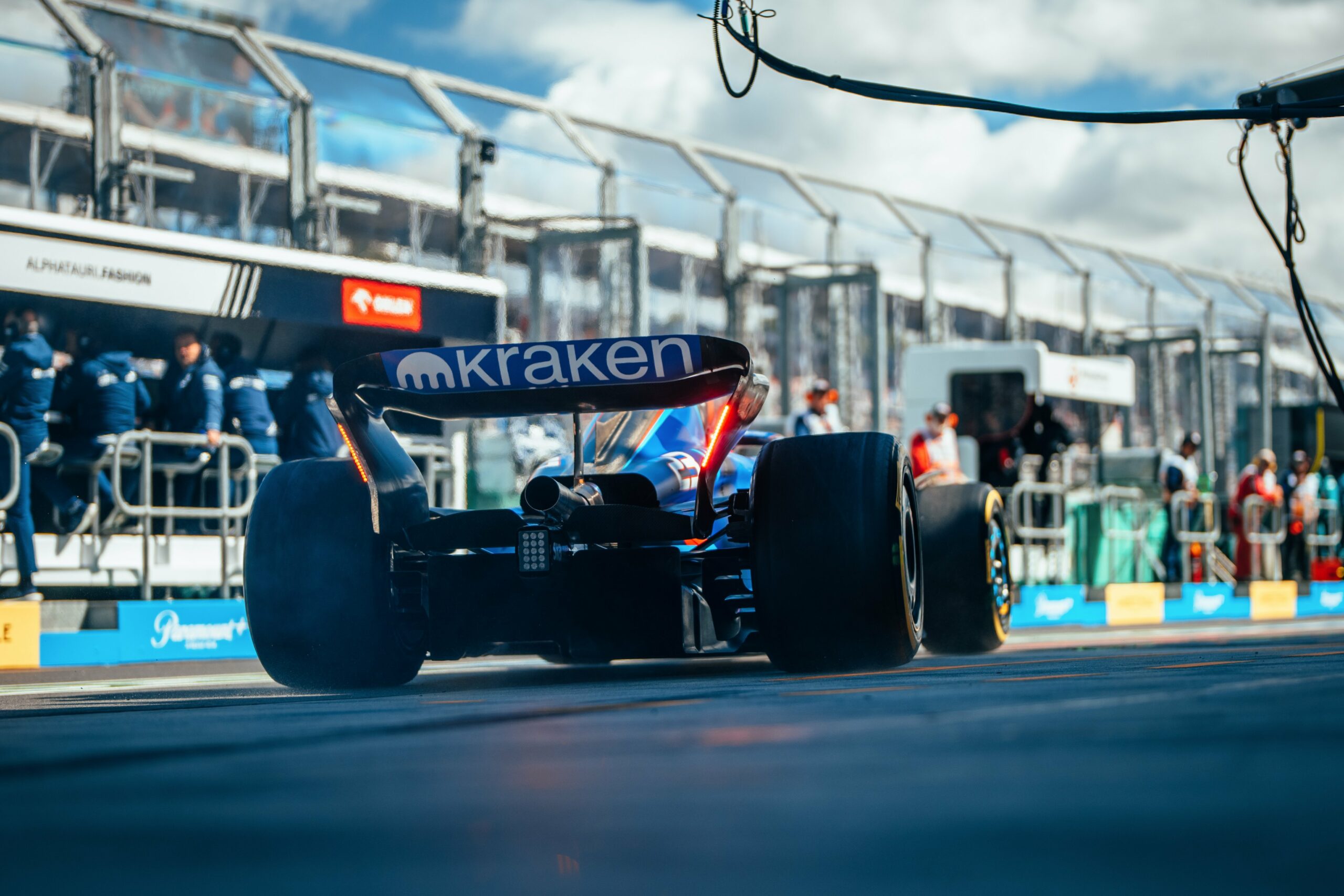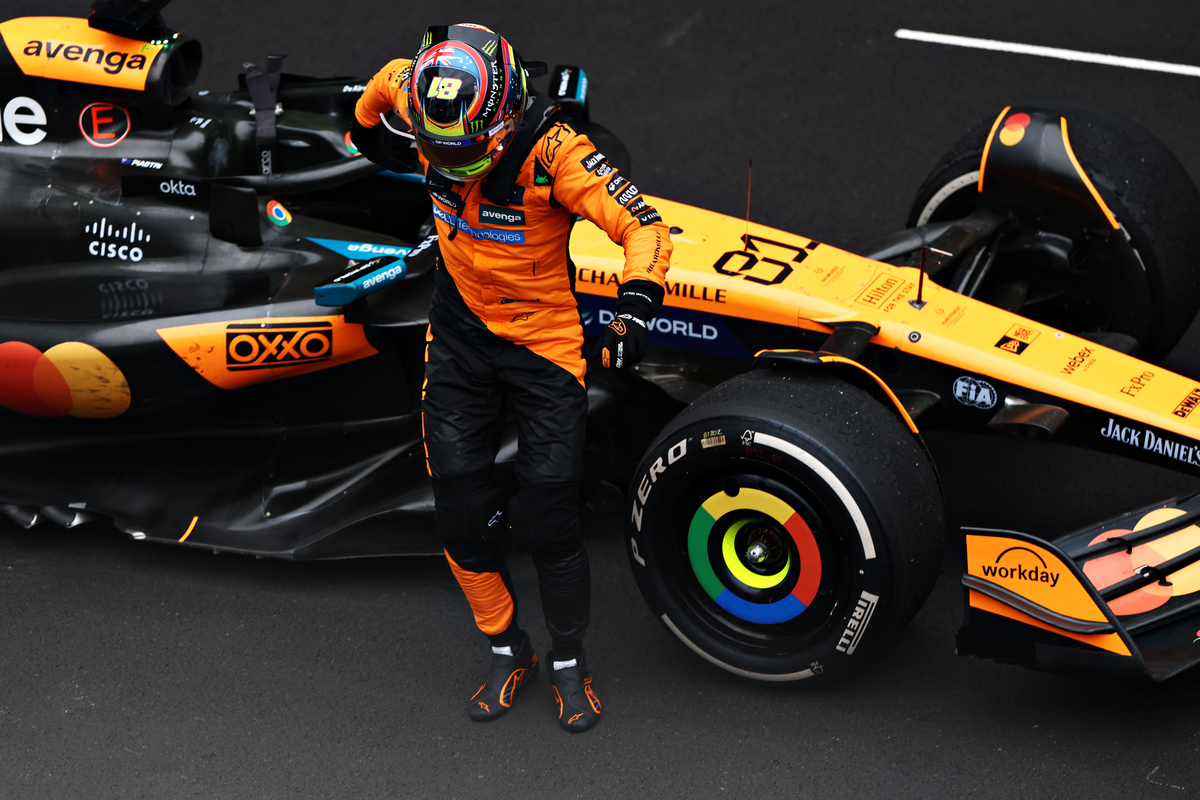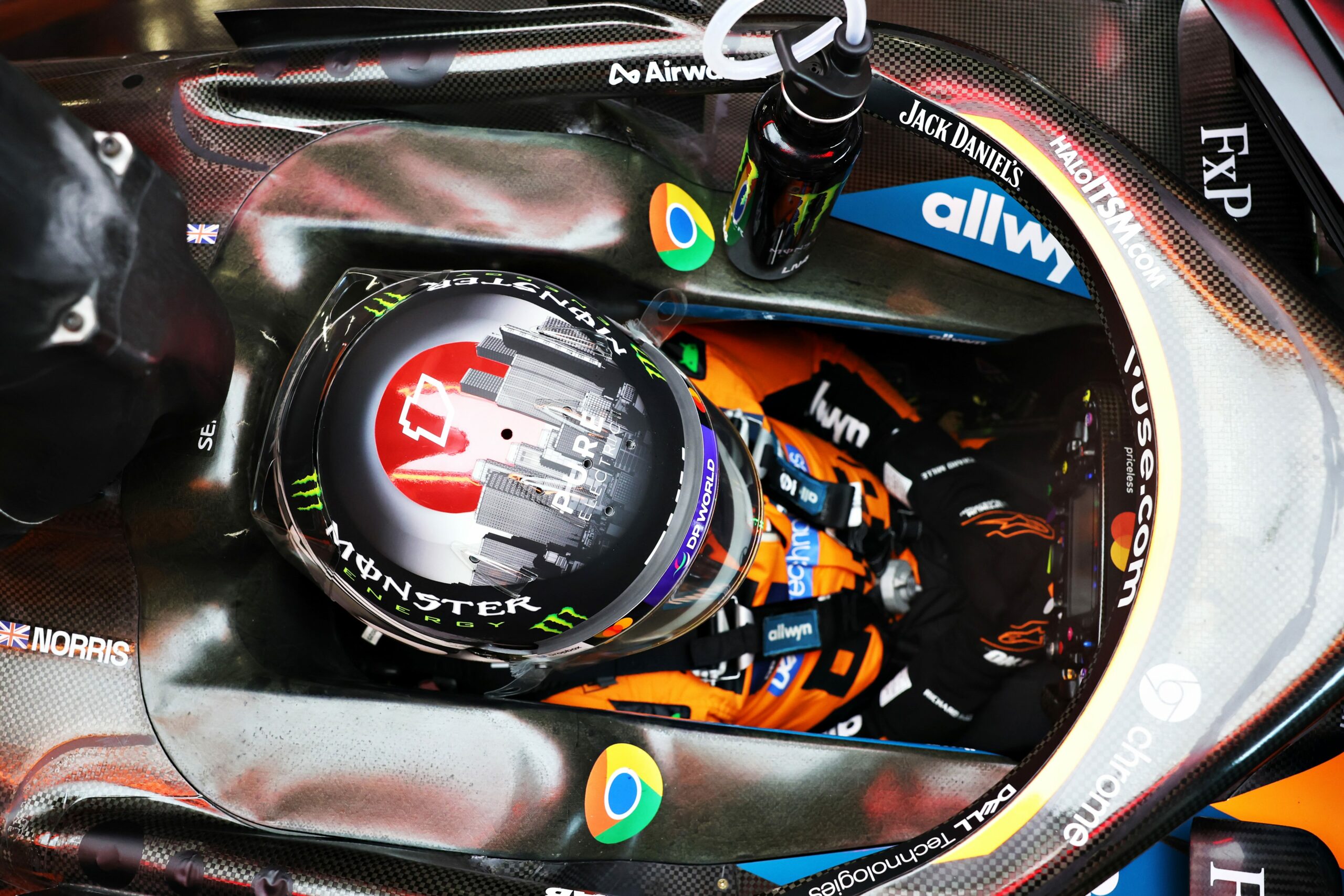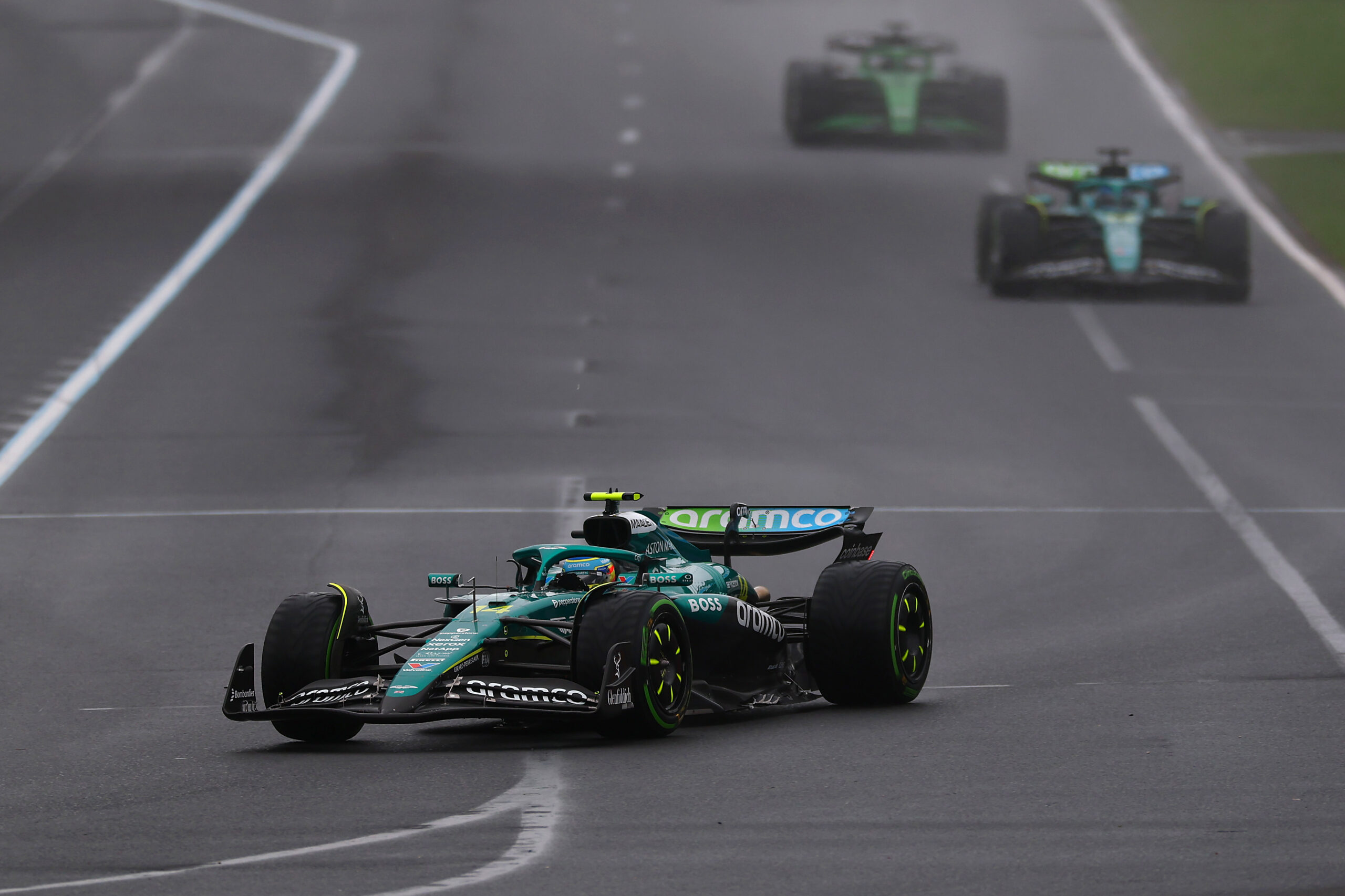Alex Albon’s race-ending crash early on at the 2023 Australian GP was “building up” a few laps before and was mainly down to a change of approach with their battery deployment over the lap, adapting to Albon’s ability to go flat through the previous turn, according to team principal James Vowles.

Photo Credits: Williams Racing
In what seemed to be a very “strange” accident according to his own words, Alex Albon had a major shunt on lap seven of the Australian GP, losing the rear of his FW45 through turn six and ended up heavily hitting the barriers and almost bounced back towards the circuit.
Albon was initially puzzled as to why the incident happened, given he was actually going slower through turn six than in his previous laps. But the Thai driver explained after the race that data from his telemetry showed he was faster through the previous corner – turn five – causing a “spike” in his tyre temperatures which ultimately led to his DNF:
“I’ve had a look at the data and it was a bit of a strange one,” he said. “I went through the corner slower than I did on the lap before, it’s just I went through the previous corner quicker.
“So I went through Turn 5 a little bit quicker and used a little bit more exit kerb. I think it spiked the tyre temps a little bit on the left-hand side.
“So then I went into Turn 6 with a hotter rear left tyre, and that was it. I mean, they’re the margins we are driving with.”
He was left frustrated after an excellent qualifying effort, in which he put his Williams through to Q3 on merit, was unrewarded on Sunday – especially given that it turned out to be a race of huge attrition towards the final few laps – ultimately taking the blame for his crash:
“It’s my fault,” he said. “I’m angry with myself. It’s really disappointing. And, of course, I especially feel sorry for the team. It feels like I basically let them down.
“We had a good car and when you look at the [final] results and that there were a few DNFs out there, we could have been one of the teams scoring points.”
Despite the Thai driver taking the blame to himself, Williams’ team principal James Vowles has explained that Albon’s ability to take turn five quicker than what they expected led to a change in their energy deployment approach:
“Actually, the incident happened a few laps before, and was building up towards that moment,” he said. “Turn five is a corner that in qualifying is very easily flat, but in the race it’s quite difficult to do that, and we had expected him to have a lift all the way through there.
“However, the car was working well, and what we noticed is in fact he was able to just about go flat through that turn – and that changes how you wanna deploy your energy across the lap – and we changed our system to adapt for that.”
The changes meant Albon had more energy deployment as he headed towards turn five on that lap, leading to him running wide over the kerb, causing a “high-frequency input” on his rear left tyre which spiked his temperatures:
“As a result, on the lap where unfortunately his race ended, he was actually carrying something close to 10 kilometres per hour more through turn five than he had on the previous lap,” Vowles explained. “It doesn’t sound like a lot, but in the world of tyres, tyre energy and tyre temperatures, that makes a large difference.
“He went through, and actually realised it was a little bit too much speed for that corner, and had to lift ever so slightly, but he ran out wide. And when he ran out wide, that rear left tyre was now actually just oscillating on the kerb on exit.
“Again, something that probably looks normal and seems normal, but when your tyre temperatures are right at the limit – and they will be with more speed through the corner, and they will be, again, through running on the kerb, it’s a very high-frequency input.
“As he turned into turn six, he just simply did not have the rear grip that he was expecting to have previously, and that’s what ended his race.”




